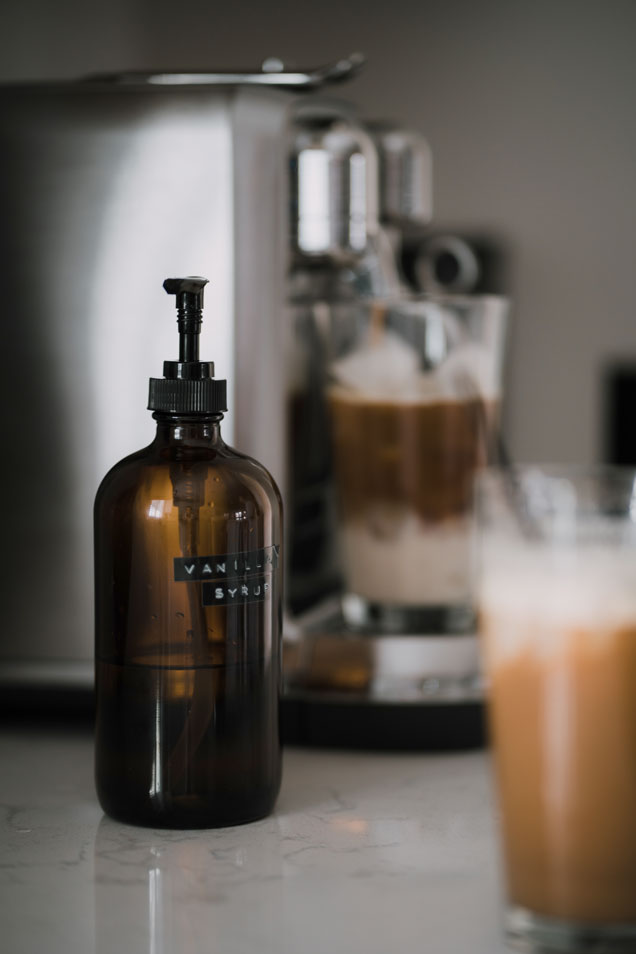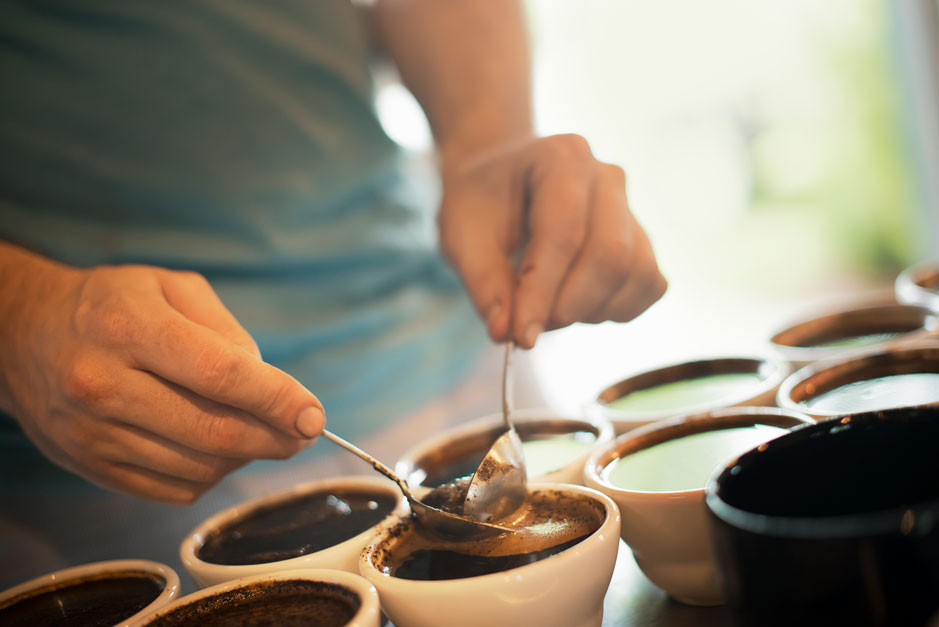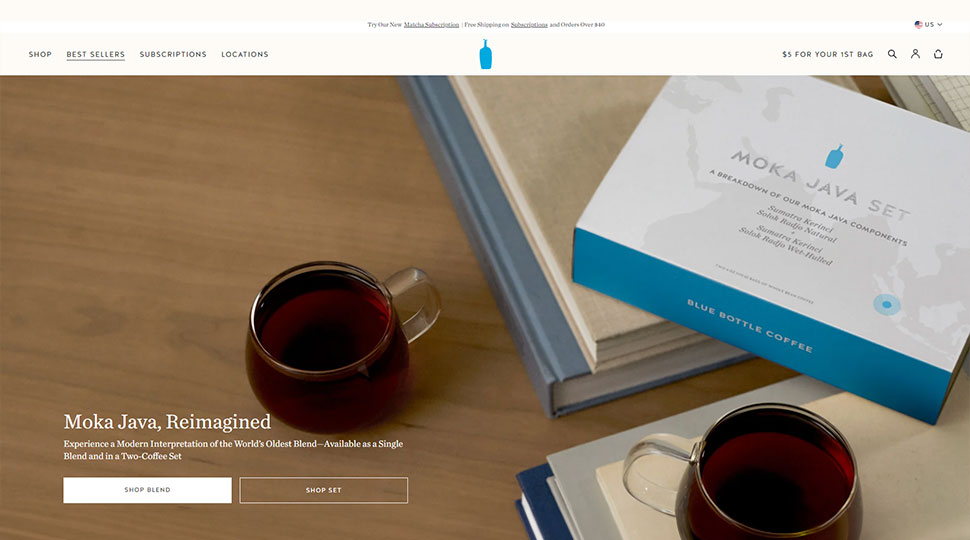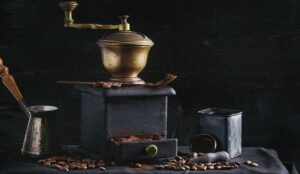For many people, drinking coffee is more than just an energy-boosting habit; it’s a daily ritual that connects them to a world of unique flavors and sensory experiences. Coffee tasting is the process of identifying and appreciating the diverse characteristics of different coffee beans such as Arabica Beans and Robusta beans, and brews, helping you find the perfect cup that suits your preferences.
In this article, we will explore the basics of coffee tasting, from understanding different types of coffee beans to brewing the perfect cup and experimenting with various additions and blends.
Exploring the Different Types of Coffee Beans
The two primary types of coffee beans are Arabica and Robusta. Each type of bean has its unique characteristics, which contribute to the overall flavor, aroma, and body of the coffee.
Arabica Beans
Arabica beans are the most popular type of coffee bean, accounting for about 70% of the world’s coffee production. They are grown at higher elevations and are typically more delicate and flavorful than Robusta beans. Arabica beans offer a wide range of flavors, from fruity and floral to nutty and chocolatey, depending on the region they are grown in and how they are processed.

Robusta Beans

Robusta beans are grown at lower elevations and are generally more bitter and robust in flavor than Arabica beans. They have a higher caffeine content and are often used in espresso blends to provide a more intense flavor and a thicker, creamier crema. Although Robusta beans are often seen as inferior to Arabica beans, they can still produce delicious and complex flavors when grown and processed correctly.
In addition to the type of bean, the roast level plays a significant role in the coffee’s overall taste. Light, medium, and dark roasts each have their distinct characteristics.
Light Roast: Light roast coffee is roasted for a shorter time, preserving the bean’s original flavors and resulting in a lighter body and higher acidity. This roast is ideal for coffee tasting, as it allows you to appreciate the bean’s unique characteristics.
Medium Roast: Medium roast coffee is roasted for a slightly longer time, creating a balance between the bean’s original flavors and the flavors developed during the roasting process. Medium roast coffee has a medium body and balanced acidity, making it an excellent choice for everyday drinking.
Dark Roast: Dark roast coffee is roasted for a more extended period, resulting in a more substantial, bolder flavor with lower acidity. Dark roasts often have smoky, chocolatey, or caramel notes and are ideal for those who enjoy a strong, full-bodied coffee.
Brewing The Perfect Cup Of Coffee: A Step-By-Step Guide
To fully appreciate the flavors and nuances of different coffee beans, it’s essential to brew your coffee correctly. Here’s a step-by-step guide to help you create the perfect cup:
1. Choosing the right grind size for your brewing method:
The grind size of your coffee beans significantly impacts the extraction process, affecting the coffee’s overall taste. For example, a coarse grind is suitable for a French press, while a fine grind is ideal for espresso. Make sure to match the grind size with your preferred brewing method for the best results.
2. Using a thermometer to get the water temperature just right:
The water temperature plays a significant role in coffee extraction, with the ideal range being between 195°F and 205°F. Using a thermometer ensures your water is in the perfect temperature range, helping you avoid under-extraction (sour coffee) or over-extraction (bitter coffee).
3. Timing is key: Knowing when to remove the grounds from hot water:
Different brewing methods require different brewing times to achieve the perfect balance of flavors. For example, a French press typically requires around four minutes of steeping, while a pour-over takes about three minutes. Be sure to follow the recommended brewing time for your chosen method to avoid over or under-extracting your coffee.
4. Experiment with different ratios of ground coffee and water:
The ratio of coffee to water can significantly impact the strength and flavor of your brew. While a standard ratio is around 1:16 (one part coffee to 16 parts water), you can experiment with different ratios to find the perfect balance for your taste preferences.
Varying Your Tastes Through Additions And Blends
Once you’ve mastered the basics of coffee tasting and brewing, you can further explore the world of coffee by adding different ingredients and creating unique blends.
Adding milk and sugar:
Milk and sugar can enhance and complement the flavors of your coffee, creating a smoother and more balanced taste. Experiment with different types and amounts of milk (e.g., whole milk, skim milk, almond milk) and sweeteners (e.g., sugar, honey, agave) to find the perfect combination for your palate.
Trying flavored syrups or powders:
Flavored syrups and powders can add an extra dimension to your coffee, allowing you to create a wide range of delicious concoctions. From classic flavors like vanilla and caramel to more unique options like lavender and pumpkin spice, the possibilities are endless.

Creating unique blends by mixing different types of beans:
Mixing different types of beans can result in unique and exciting flavor combinations. For example, combining a fruity, light-roast Arabica bean with a bold, dark-roast Robusta bean can create a well-rounded and complex cup of coffee. Experiment with different bean types and roast levels to discover new and exciting flavors.
The Last Drop

Coffee tasting is a rewarding and enjoyable journey that allows you to explore the diverse world of coffee flavors and aromas. By understanding the differences between Arabica and Robusta beans, mastering the art of brewing the perfect cup, and experimenting with various additions and blends, you can unlock a world of sensory experiences and discover your perfect cup of coffee.
So, grab your favorite mug, try some new beans, and start your coffee tasting adventure today!








